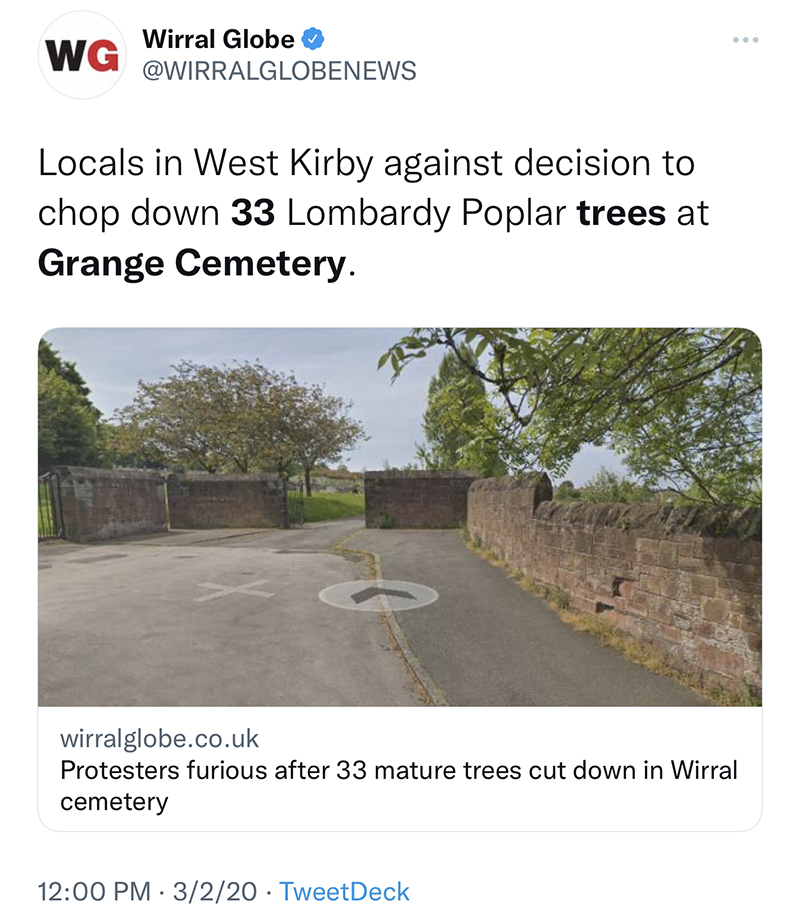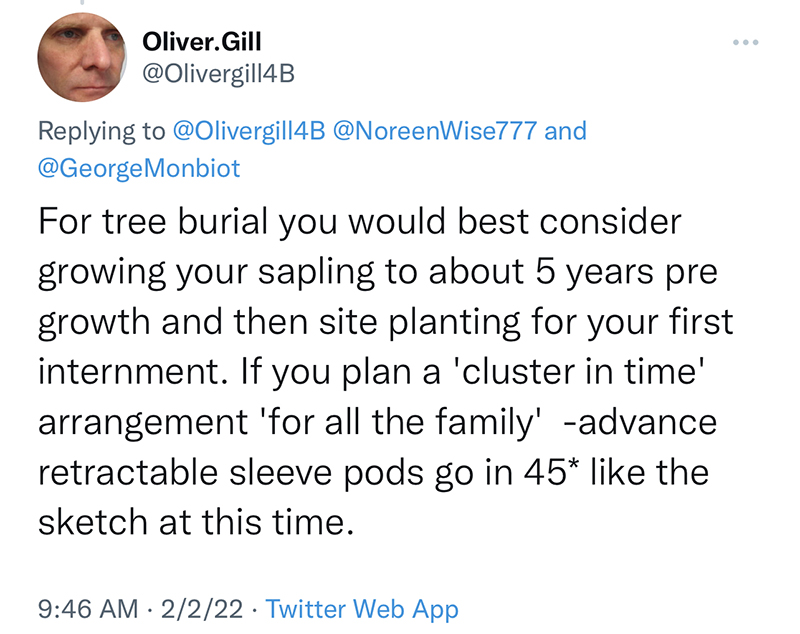Washington (CAR) Analysis | February 7, 2022, by Climate Journalist Noreen Wise; Image Credit: AdobeStock
Skirmishes along one newly emerging climate battlefront are quickly escalating worldwide. Therefore, now is an ideal time to learn more about this new controversy that’s causing community conflicts, so we can map out a strategy, and stave off the often bitter friction that has plagued climate related transitions to new ways of doing things. Case in point, the fossil fuel climate war.
Biodiversity restoration and land conservation requires protecting millions of acres of land. The nature-based solutions (NBS) movement refers to this mission as 30 x 30. We must protect and restore 30% of our terrestrial land, and 30% of our oceans. At COP26 in November 2021, the COP26 Campaign for Nature noted the exceptional benefits of such a noble mission that included climate change mitigation, resilience and adaptation.
“Conserving 30% of land in strategic locations could safeguard 500 gigatonnes (GtC) of carbon stored in vegetation and soils, and reduce the extinction risk of nearly 9 out of 10 threatened terrestrial species.”
UN Study
Safeguarding 500 GtC of carbon safely stored in our land and ocean soils, and terrestrial plant and ocean species, is paramount in saving humanity as we rush to fight the three life-threatening crises that are now interwoven to become one enormous supercrisis:
- Excessive carbon stuffed into our atmosphere.
- Biodiversity loss.
- Plastic pollution and waste management .

Global Death Rate
On average, worldwide, there are 56 million deaths per year, according to the world death clock. We’ve lost an additional 5.73 million worldwide and counting since the beginning of Covid. Cemeteries are full to capacity. In the UK, West Kirby locals were furious when 33 mature trees were felled to expand Grange Cemetery. This unnecessary tree-cutting generated outrage amongst environmentalists determined to protect terrestrial land that continues to be pillaged regardless of the long term effect on our survival.

The environmental impact of a traditional burial in a casket six feet under is not covered by the media very often. But the details are quite significant and should be analyzed as we rethink burial options through the lens of climate change and its multiple filters: land protection, biodiversity restoration, planting a trillion trees, and cutting carbon 50% by 2030.
Per the National Cremation Database:
- Embalming fluids (methanol, ethanol, formaldehyde, and other organic solvents) are toxic.
- The World Health Organization named formaldehyde as a class 1 carcinogen that causes leukemia and brain cancer.
- We bury 827,060 gallons of embalming fluid each year in the US.
- Embalming fluid can leak from caskets and run into nearby streams. It’s also found in the wastewater of funeral homes.
- With 30 x 30 being the highest priority for land use, and many businesses buying land for carbon offset, there is little if any land available for traditional graveyards.
- 30 million board feet is needed each year to manufacture caskets.
- The amount of steel required for caskets and burial vaults each year is the same as what was required to build the Golden Gate Bridge.
- An individual cremation emits approximately double the CO2 as a traditional burial, but fortunately has none of the environmental hazards as a ground burial.

Emerging Possibility
Burial tree pods (aka organic burial pods, eco-pods, green burials) have become a hot topic on social media amongst climate activists and environmentalists who are trying to imagine a new low carbon paradigm for an age-old tradition.
“Life never stops,” is the mantra used to inspire families to consider the benefits of organic burial pods.
Capsula Mundi (Italian for earth pod) in Rome, created the biodegradable egg-shaped sarcophagus in which a corpse is placed in fetal position, lowered into the ground, and a young tree is planted on top. The tree serves as the tomb stone. Both the egg-pod and the body will slowly decompose into compost that will nourish the tree. “We are earth, and to earth we shall return,” say the Catholics about these innovative eco-pods. The Catholic Church permits green burials as long as the ceremony is consistent with Catholic burial beliefs (no infusing the burial experience with words or concepts aligned with “erroneous ideas about death”).

According to EarthBeat, Capsula Mundi designers, Raoul Bretzel and Anna Citelli, envision “sacred forests” becoming he new norm.

The one challenge we have to ponder about this beautiful, heartwarming, carbon negative concept, and its many environmental benefits, is the potential destruction of trees and forests during climate change extreme weather events. Wildfires, hurricanes and tornadoes have the ability to unearth a newly planted eco-pod, which would be devastating. But then again, scientists have been warning that no one and nothing are safe in our new world at 1.2ºC and climbing. We just have to know in advance that weather extremes might uproot an organic burial pod and plan ahead.
© Copyright 2022. ALL Rights Reserved.




Thank you for this topic. This was a fantastic post and in depth look at several of the problems with cemetery burials. For years it has been known that toxic materials are leached into the soil and water from the poisons used to preserve bodies and manufacture caskets. Especially dangerous are the older cemeteries where arsenic was used for year to embalm bodies until the government phased it out and now another cancer causing chemical (formaldehyde) is used instead. The second issue you raised was the expanse of land cemeteries use and represent a huge potential for greening up our environment with trees and carbon sucking plant growth. Kudos to the authors. Loved the tree pods too.
LikeLiked by 1 person
Thank you so much, Fred! We greatly appreciate your feedback! Yes, agree. This is a vital issue that is rarely talked about. Thank goodness for the
remarkable book Environmental Hazards — Are You Exposed? Finding Hazards Where You Live. Highly recommend.
LikeLike